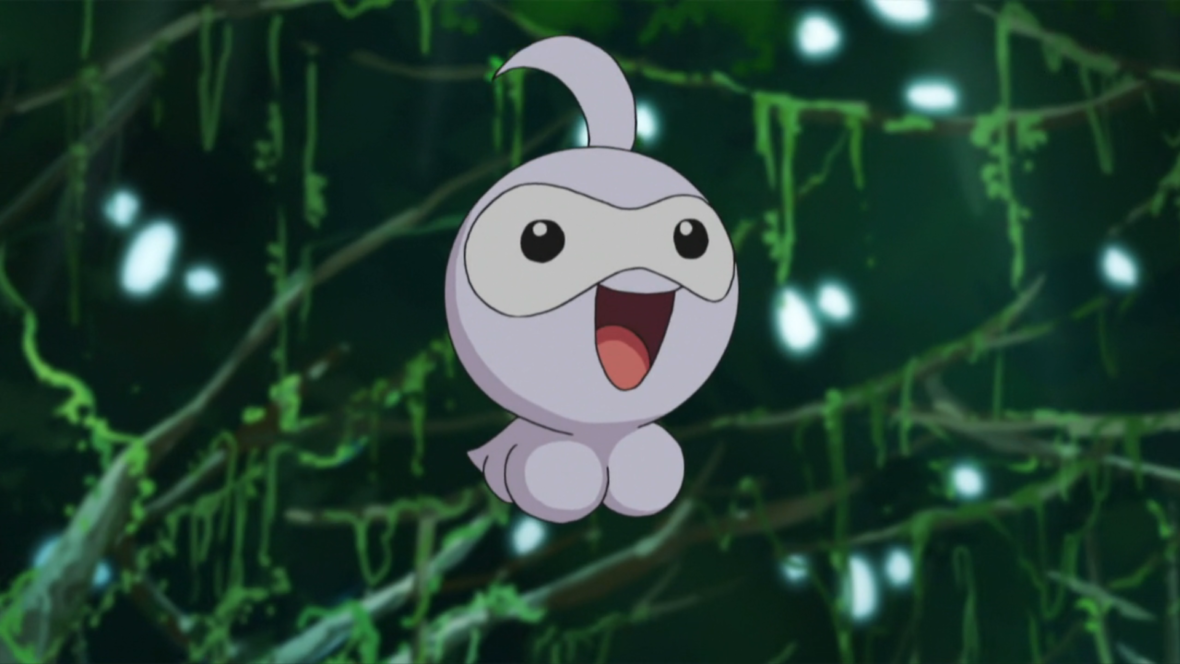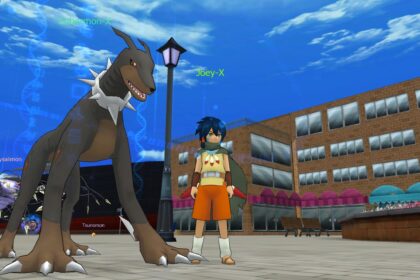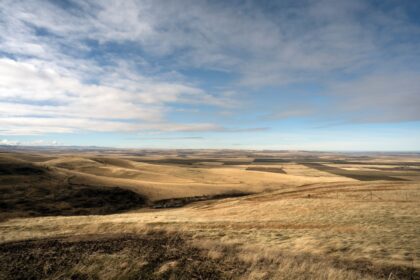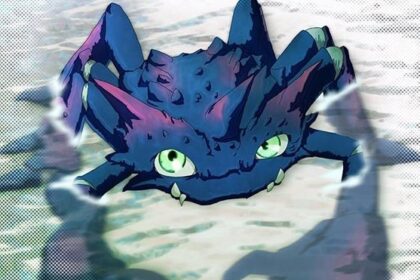Castform is a Normal type Pokemon introduced in Generation III. While it is not known to evolve into or from any other Pokemon, it has the ability to change forms depending on the current weather. During normal weather, fog, a sandstorm, or a shadowy aura, it is in Normal form and is a Normal type. During harsh sunlight, it is in Sunny Form and is a Fire type. During rain, it is in Rainy Form and is a Water type. During hail, it is in Snowy Form and is an Ice type. Take a look below for 25 fun and fascinating facts about Castform.
1. Castform is an artificial Pokemon that changes appearance and attitude based on the weather.
2. Its body is made of cells exactly like those of water molecules, causing its cellular structure to be chemically altered by temperature and humidity.
3. Though not of its free will, it uses this ability to protect its tiny body.
4. In its Normal Form, it resembles a plain, gray cloud with a single wisp extending from the top of its head.
5. Under bright sunlight, it takes on its Sunny Form.

6. Its lower half becomes pure white, while the head turns orange has develops small orange spheres around it.
7. This gives it the overall appearance of the sun above a small cloud.
8. Its skin glows and dries, and becomes hot to the touch.
9. When soaked in rain, it takes on its Rain Form.
10. It has a dark gray lower half resembling a storm cloud.
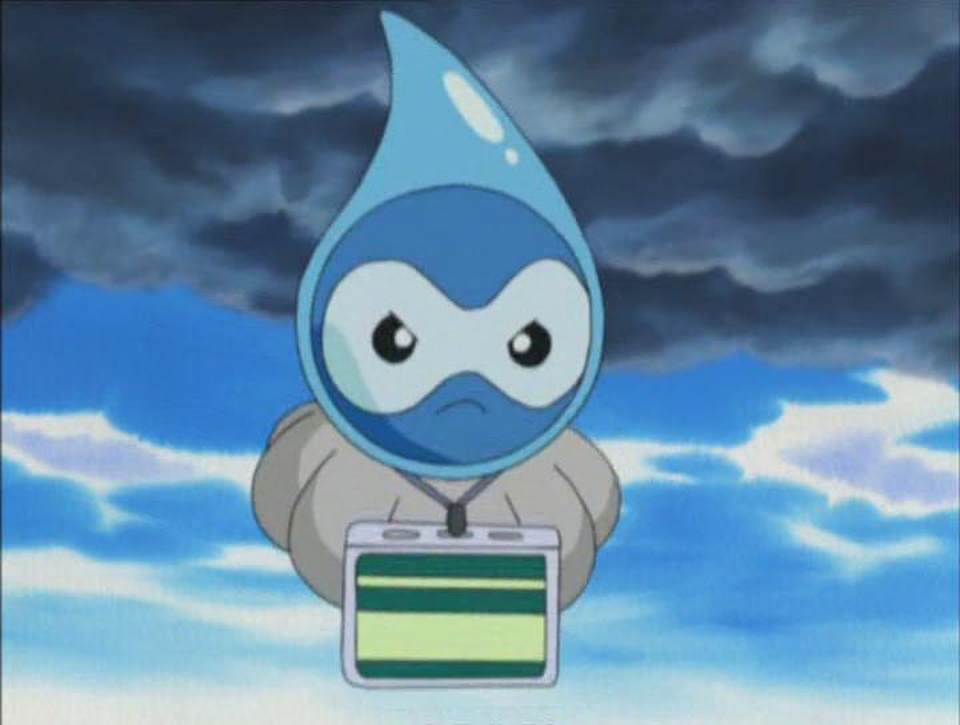
11. The head turns blue and resembles a raindrop.
12. Its body is soft and slippery, and seeps with water when compressed.
13. When hit by hail, it takes on its Snowy Form. Its head turns purplish-blue. The rest of the body changes into the shape of a mint green, cumulonimbus cloud. Its body becomes a smooth ice-like material, partially frozen measuring temperatures near 23 degrees Fahrenheit.
14. Regardless of the form it takes, it will always have a large, spherical head and a lighter colored mask-like marking over its eyes.
15. Various experiments were conducted to change its form in artificial conditions, but all have failed.
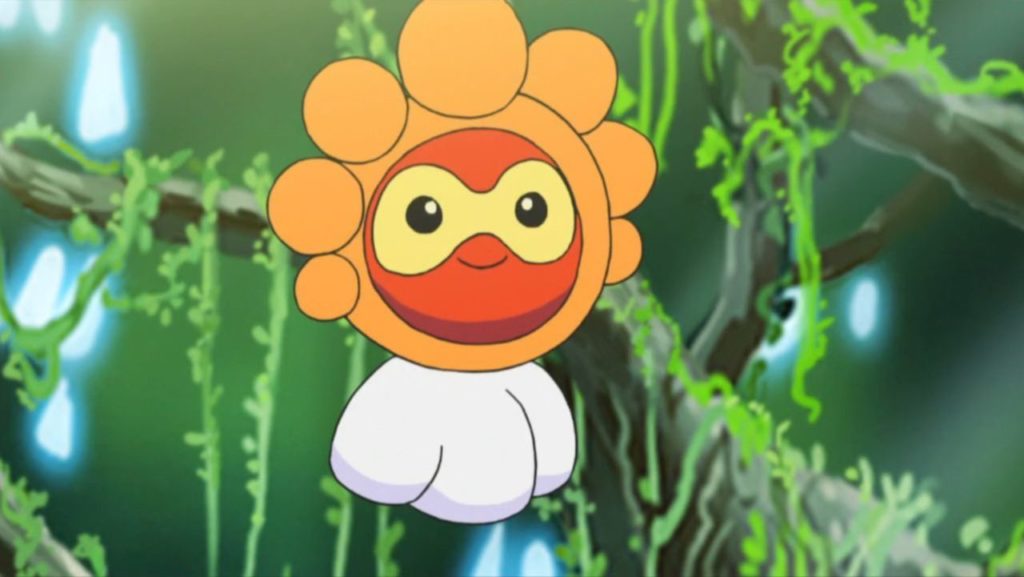
16. Aside from its various forms, Castform is able to utilize weather powers in the form of its previously signature move, Weather Ball.
17. Despite its manmade origins, it can be found in grassland areas.
18. Castform’s Weather Ball will always receive STAB in any of its forms unless in a sandstorm, under Shadow Sky, or if it loses Forecast.
19. Castform is the only Pokémon to receive this benefit from Weather Ball.
20. In Pokémon Mystery Dungeon: Explorers of Time and Explorers of Darkness, Castform has a body size of 4, despite it being a body size 1 in the first Mystery Dungeon games and having the same in-game sprite in the second Mystery Dungeon games. This may have been changed to balance gameplay.

21. Castform’s weather-based transformations cannot be viewed in the forms section of the Pokémon Diamond, Pearl, and Platinum Pokédex, nor do they appear on the field in HeartGold and SoulSilver.
22. Castform is the lightest Normal-type Pokémon.
23. Prior to Generation VIII, unlike most Pokémon with form differences, Castform’s alternate forms have no Shiny variations of their own, so only the Normal form of a Shiny Castform will look different.
24. Before Generation VII, Castform’s Normal form was classified by Pokédex color sorting as white.
25. Castform resembles a living cloud and acts like weather in general, but it may also be based on a weather balloon. It is similar in both concept and design to a teru teru bōzu, a Japanese charm doll used to wish for good weather. Its forms and their types may have originated from the English saying “rain, hail, or shine”. As Castform is said to be composed of molecules similar to water, its shape of a large sphere with two smaller orbs resembles an H2O molecule.

